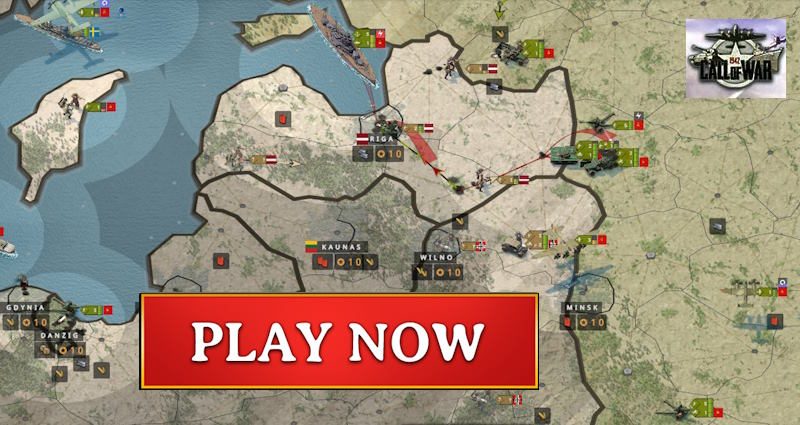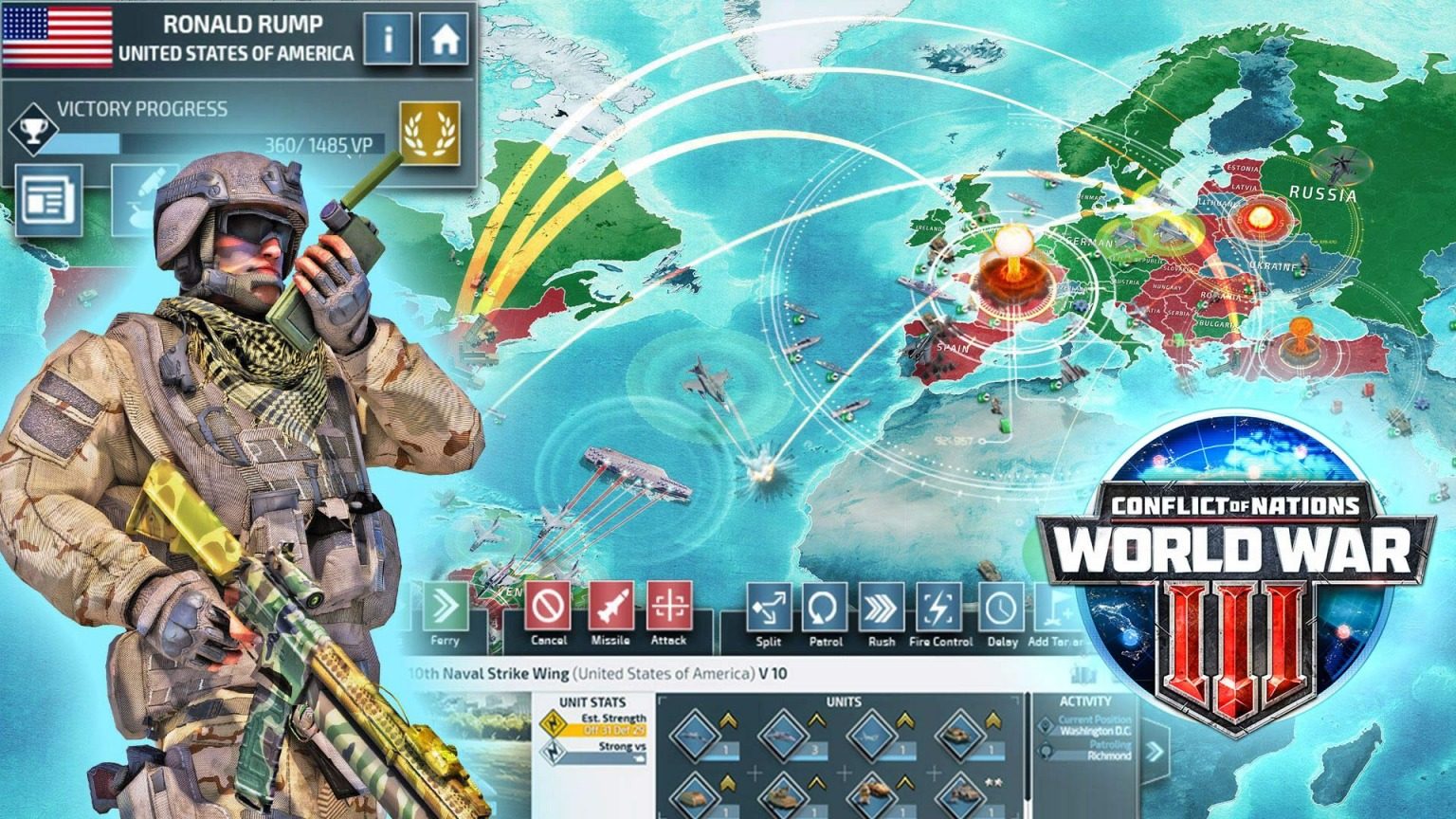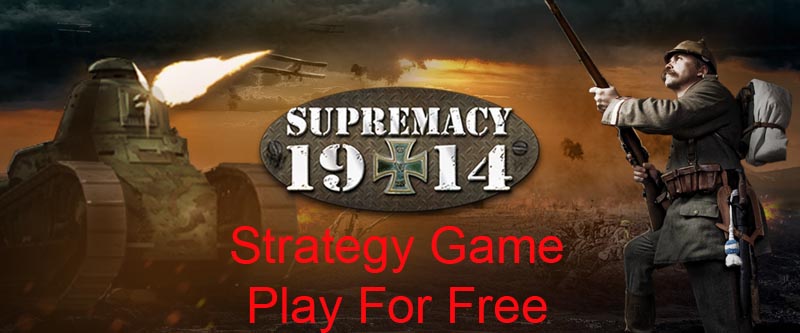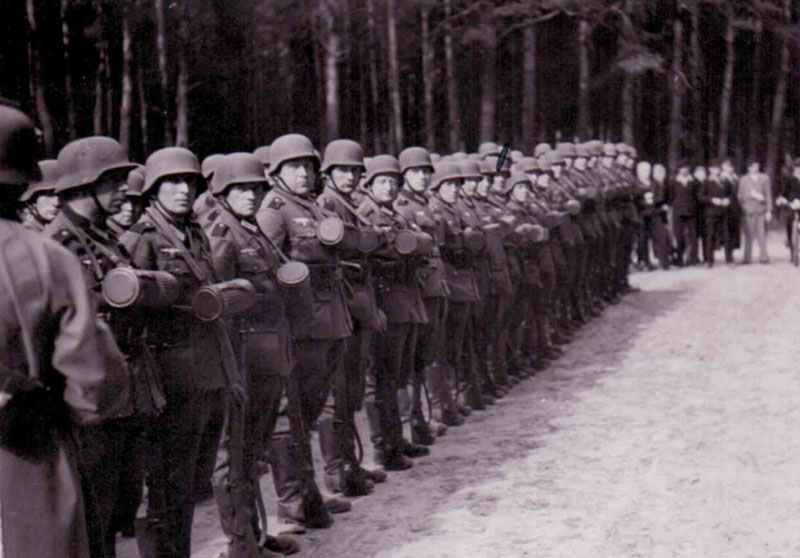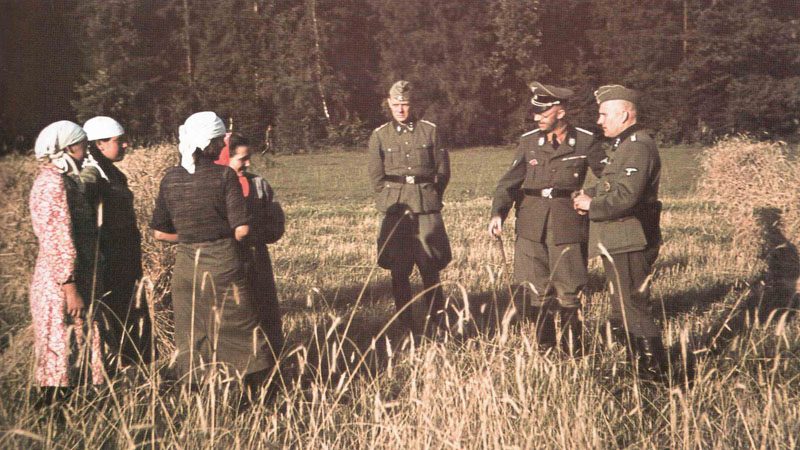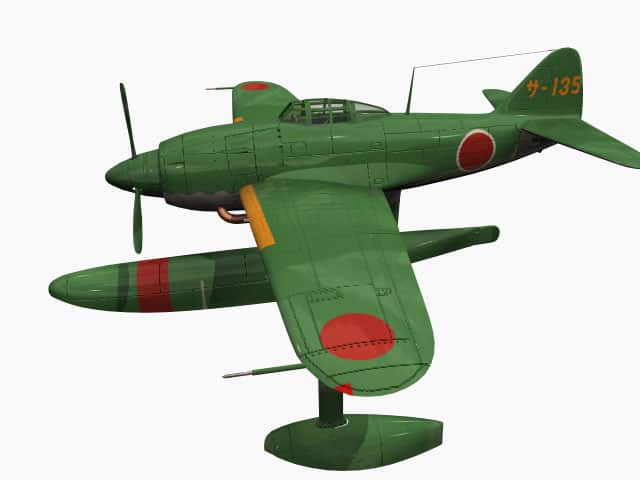Organization of the Wehrmacht, Third Reich and Nazi Party with Power balance of Germany during WW2.
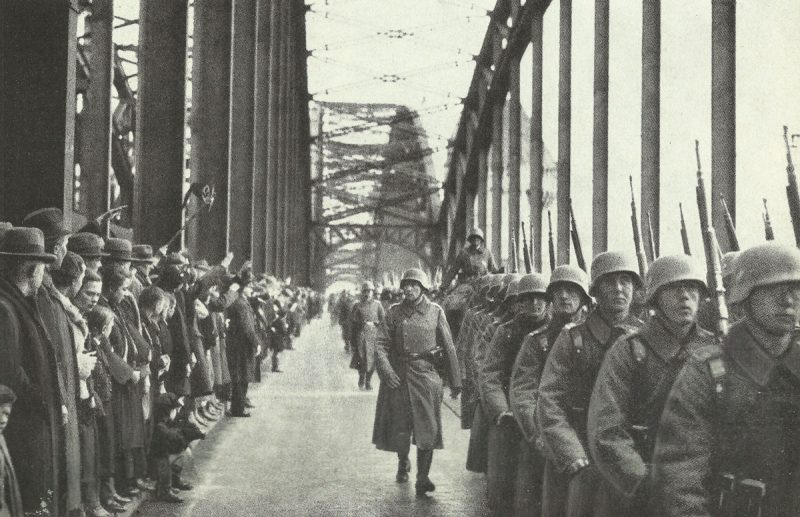

Organization of the Wehrmacht
Table of Contents
In March 1939 the operational control of the Armed Forces was unified under the Oberkommando der Wehrmacht (OKW) whose chief was Generaloberst (Colonel-General) Keitel.
The management of the Army was the responsibility of the Army High Command, the Oberkommando des Heeres (OKH), which included the General Staff although it was the Supreme Commander, Adolf Hitler, who was increasingly to take over the day-to-day running of the war. During the crisis of the Battle of Moscow in December 1941 he took over the command of the Army from C-in-C von Brauchitsch.
Organization of the most important elements of the High Command and Government:
Army | Air Force | Navy | Reichs Ministries | State Functionaries | NSDAP Party Offices |
|---|---|---|---|---|---|
Fuehrer (Reich Chancellor, President and Minister of War): Hitler" 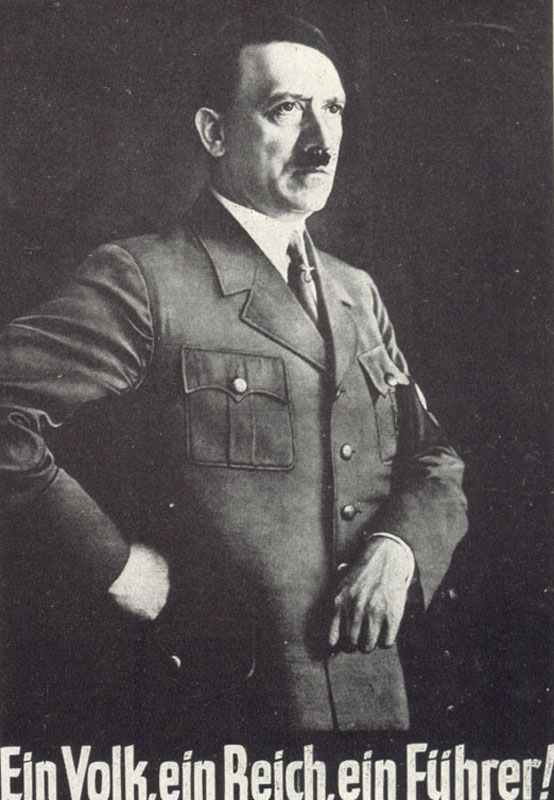 | |||||
OKW (Armed Forces = Wehrmacht): Hitler; Chief of Staff: Keitel (in pic behind); Chief of Operation Staff: Jodl (in pic front); Chief of Plans: Warlimont; Chief of Freign and Counter-Intelligence: Canaris (to February 1944)" 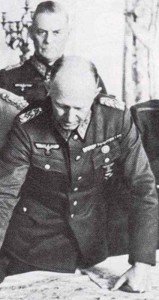 | |||||
OKH: von Brauchitsch (in pic left) to December 1941, Hitler" 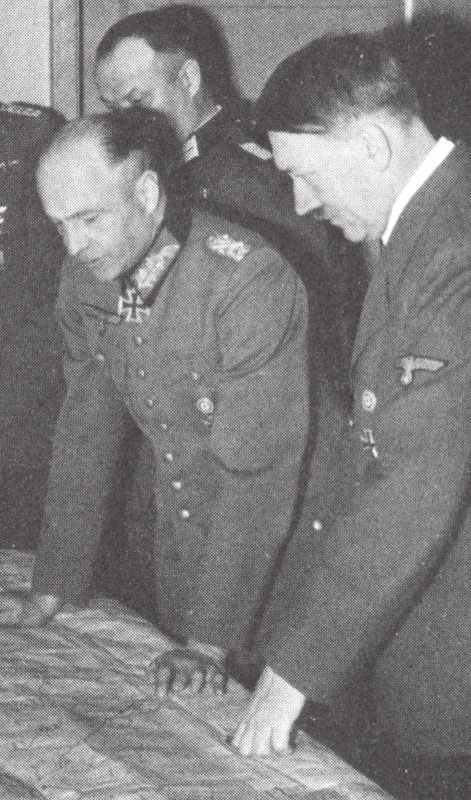 | OKL: Göring (pic) to April 1945, von Greim" 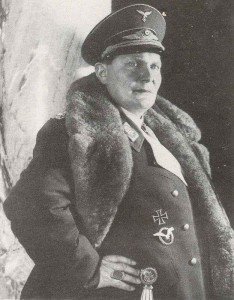 | OKM: Raeder (1st pic) to January 1943, Dönitz (2nd pic) to May 1945, von Friedeburg (3rd pic)" 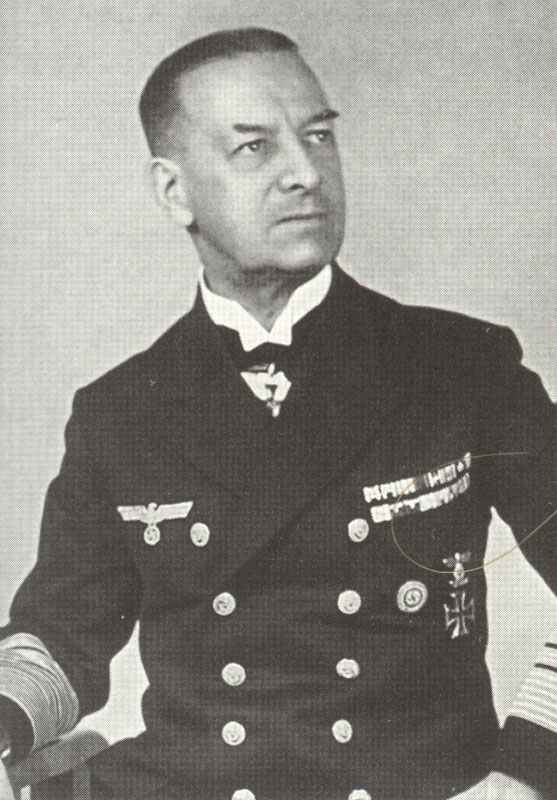 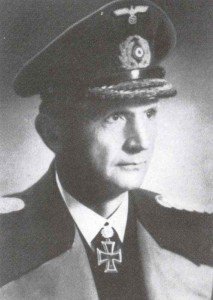 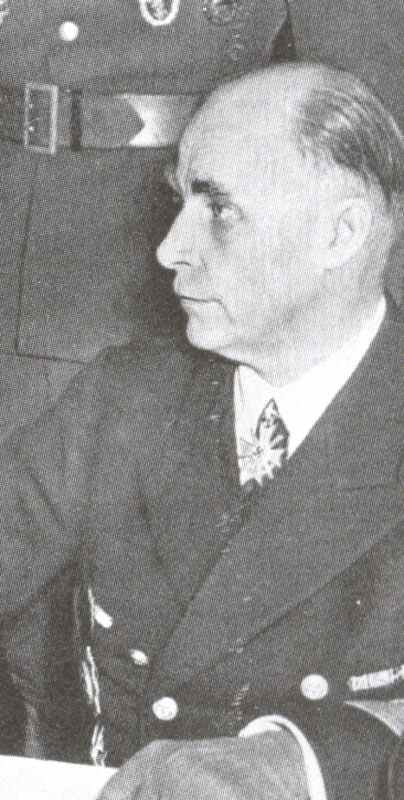 | Foreign: von Ribbentrop (pic) to May 1945, von Krosigk" 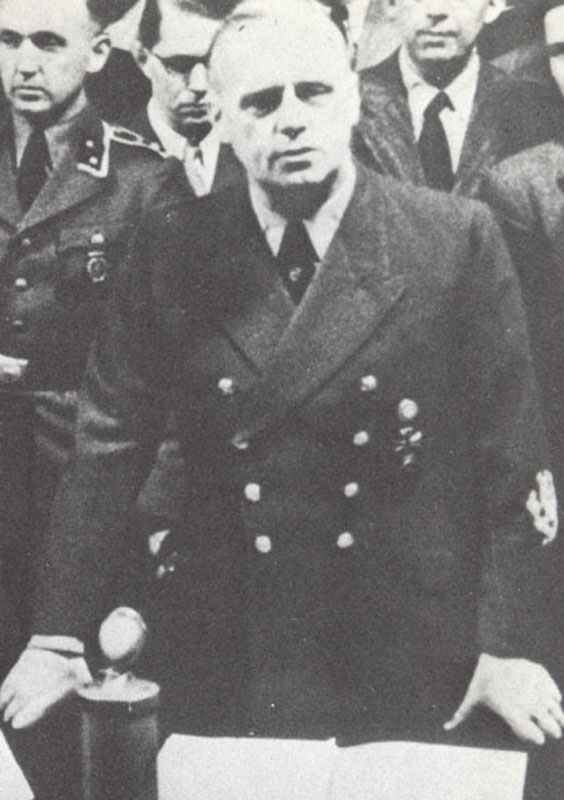 | Inspectorate Road system: Todt | Chancellery: Hess (1st pic) to May 1941, Bormann (2nd pic)" 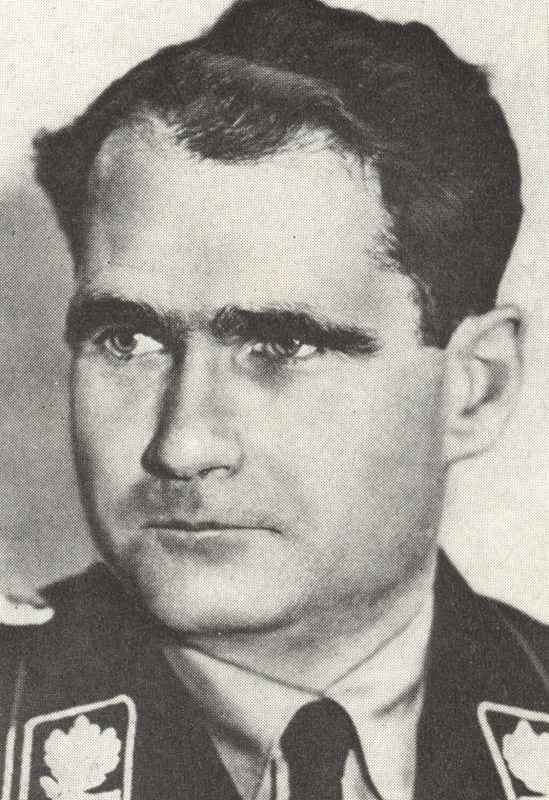 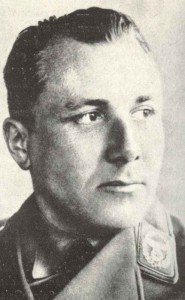 |
Chief of Staff: Halder (1st pic) to Sep 1942, Zeitzler (in 2nd pic right) to July 1944, Guderian (3rd pic) to March 1945, Krebs" 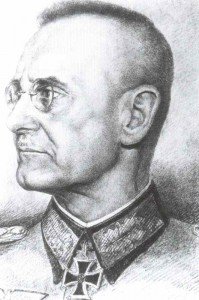 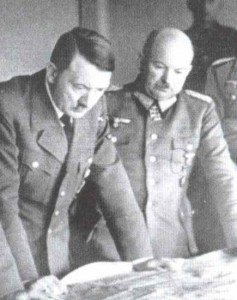 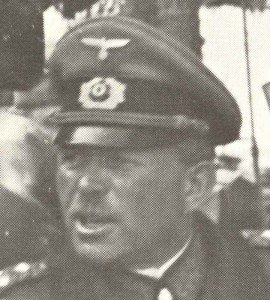 | Chief of Staff: Jeschonnek to August 1943, Korten (pic) to July 1944, Kreipe to October 1944, Koller" 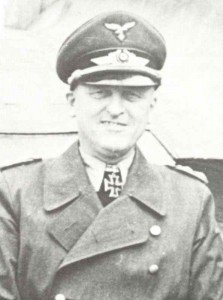 | Interior: Frick (1st pic) to August 1943, Himmler (2nd pic)" 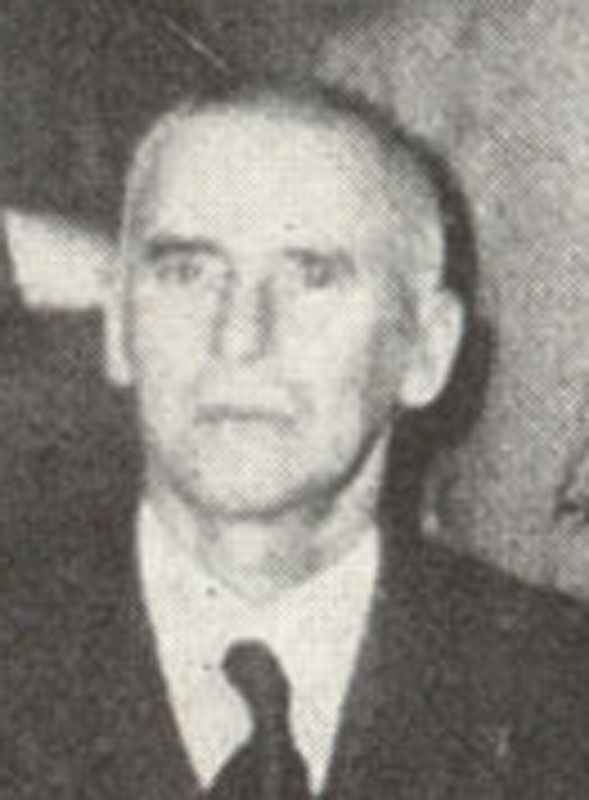 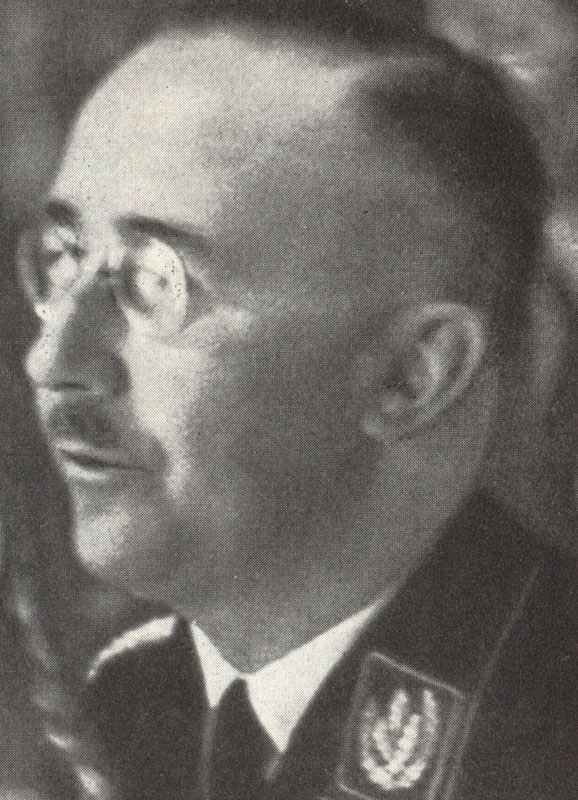 | DAF (German workers organization): Ley" 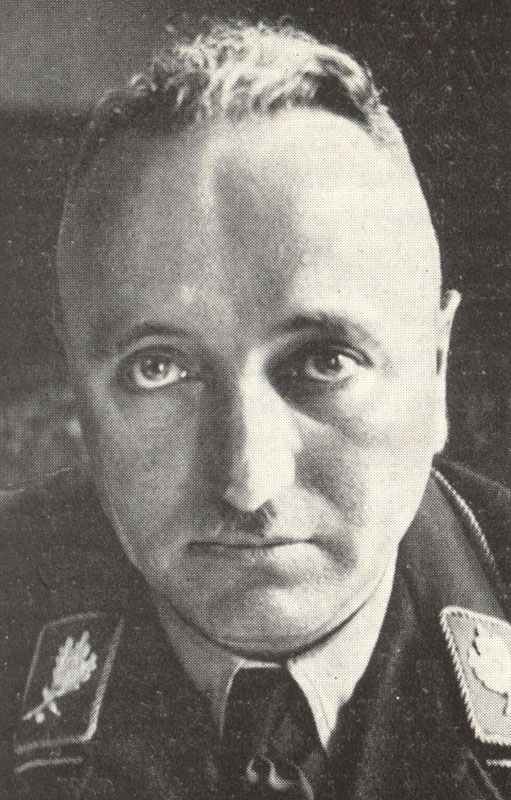 | Treasurer: Schwarz |
|
Munitions: Todt to February 1942, Speer (pic)" 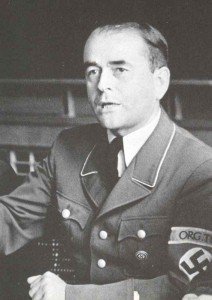 | Labour Mobilisation (incl. slave workers): Sauckel" 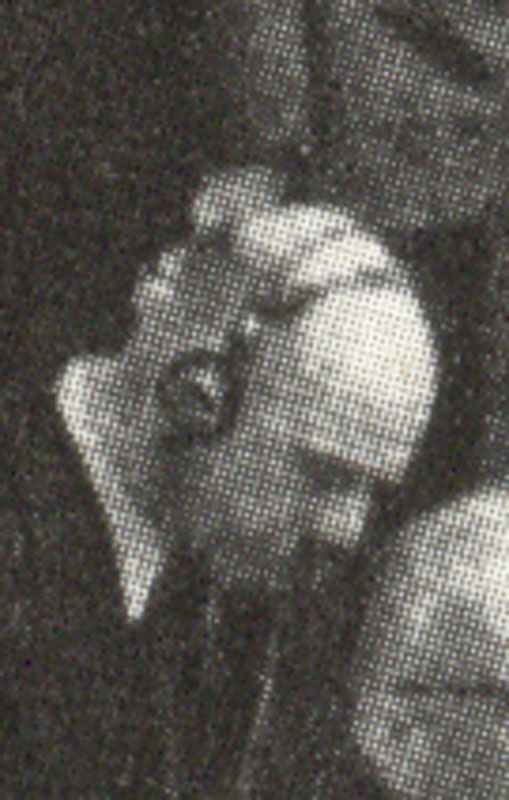 | Party organization: Ley"  |
|||
Propaganda: Goebbels (pic) to May 1945, Naumann" 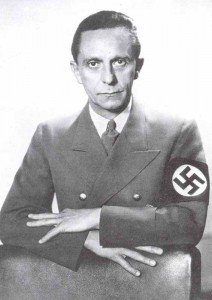 | Four-Year-Plans: Göring" 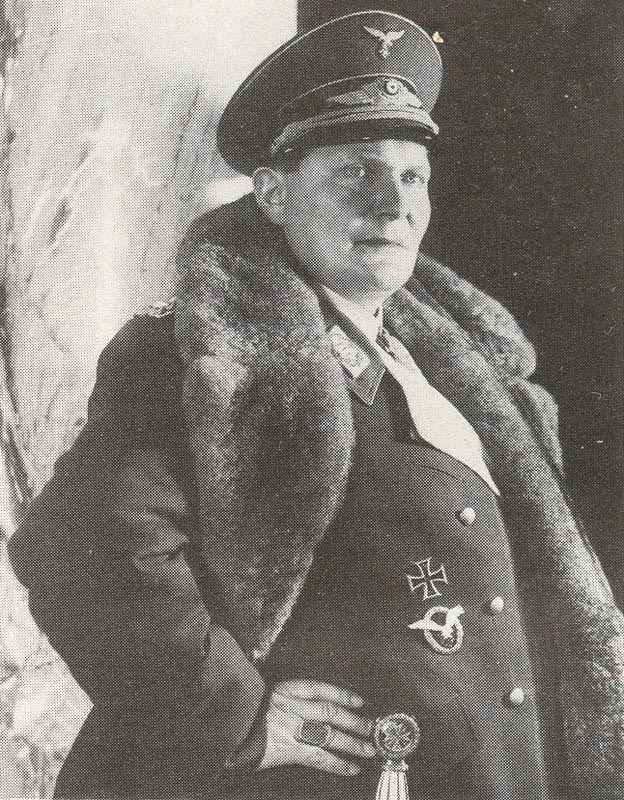 | Youth: von Schirach (1st pic) to August 1940, Axmann (2nd pic)" 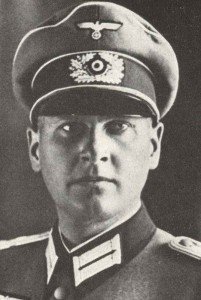 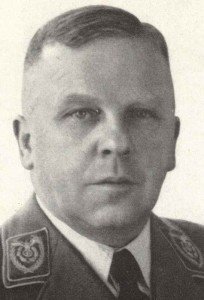 |
|||
Eastern Occupied Territories: Rosenberg" 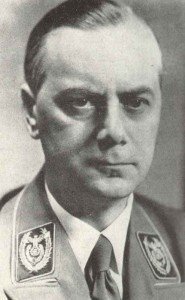 | Press: Dietrich to March 1945, Foreign: Rosenberg (pic)"  |
||||
SS: Himmler (1st pic), RSHA incl. Gestapo, SD and Police: Heydrich (2nd pic) to June 1942, Kaltenbrunner (3rd pic)"  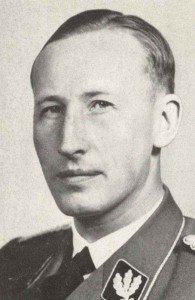 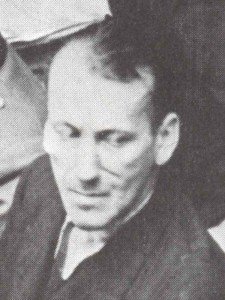 |
The Chief of the General Staff of the German Army, Franz Halder
Key Facts:
– Full Name: Franz Halder
– Born: June 30, 1884, Würzburg, German Empire
– Died: April 2, 1972, Aschau im Chiemgau, West Germany
– Rank: Generaloberst (Colonel General)
– Position: Chief of the General Staff of the German Army (OKH), September 1938 – September 1942
Role and Influence
– As Chief of the General Staff, Halder was responsible for strategic planning and operational control of the German Army.
– He was involved in the planning of the invasions of Poland (1939), France (1940), and the Soviet Union (1941).
– Halder kept detailed diaries during the war, which have become important historical sources for understanding the German military and Nazi leadership.
Relationship with Hitler
– Halder often clashed with Adolf Hitler over military strategy, especially regarding the Eastern Front and Operation Barbarossa.
– He was involved in early plots to remove Hitler, though these did not materialize during his tenure.
– In September 1942, Hitler dismissed Halder due to disagreements over the conduct of the war in the Soviet Union.
After the War
– Halder was captured and held as a prisoner of war by the Allies.
– He later served as a consultant for the U.S. Army Historical Division, helping to write accounts of the war from the German perspective.
– He was awarded the U.S. Meritorious Civilian Service Award in 1961 for his contributions to military history.
Legacy
– Halder remains a controversial figure: a professional soldier who opposed some Nazi policies but was also complicit in war crimes, particularly on the Eastern Front.
– His war diaries are considered a vital resource for historians studying the German military during World War II.
Power balance of the Wehrmacht
It is not certain what percentage of each age group of conscripts were actually called up every year to the Wehrmacht. It was fixed for planning purposes at 75%, but it must have been more in the course of the war because of the reducing of the demands. From September 1939 to April 1945 17,893,200 men were serving in the Wehrmacht and Waffen-SS. By a population base of 90 million people (including Austria, Sudetenland, Alsace and parts of Poland) this requires that about 3.6 percent of the total population went every year through the German Armed Forces. At the time of the peak strength in 1943 the share of military power was more than 10% from this population base.
Power balance of the Wehrmacht (numbers in 1000 men):
Year: | 1939 | 1940 | 1941 | 1942 | 1943 | 1944 | 1945 |
|---|---|---|---|---|---|---|---|
Field army | 2,741 | 3,650 | 3,800 | 4,000 | 4,250 | 4,000 | 3,800 |
Reserve army | 996 | 900 | 1,200 | 1,800 | 2,300 | 2,510 | 1,500 |
Army total | 3,737 | 4,550 | 5,000 | 5,800 | 6,550 | 6,510 | 5,300 |
Air Force | 400 | 1,200 | 1,680 | 1,700 | 1,700 | 1,500 | 1,000 |
Navy | 50 | 250 | 404 | 580 | 780 | 810 | 700 |
Waffen-SS | 35 | 50 | 150 | 230 | 450 | 600 | 830 |
Overall | 4,222 | 6,050 | 7,234 | 8,310 | 9,480 | 9,420 | 7,830 |
US Army (for comparison) | 5,575 |
||||||
US Forces total | 11,484 |
Balance of the Wehrmacht and civilian workers of Greater Germany 1939-1944 (in millions of people):
Date (end of May): | 1939 | 1940 | 1941 | 1942 | 1943 | 1944 | Sep 30,44 |
|---|---|---|---|---|---|---|---|
Civilian workers: | |||||||
German mens | 24.5 | 20.4 | 19.0 | 16.9 | 15.5 | 14.2 | 13.5 |
German womans | 14.6 | 14.4 | 14.1 | 14.4 | 14.8 | 14.8 | 14.9 |
Germans total | 39.1 | 34.8 | 33.1 | 31.3 | 30.3 | 29.0 | 28.4 |
Aliens, slave workers, PoW's | 0.3 | 1.2 | 3.0 | 4.2 | 6.3 | 7.1 | 7.5 |
Armed Forces: | |||||||
Total drafts | 1.4 | 5.7 | 7.4 | 9.4 | 11.2 | 12.4 | 13.0 |
Total losses | 0 | 0.1 | 0.2 | 0.8 | 1.7 | 3.3 | 3.9 |
Strength | 1.4 | 5.6 | 7.2 | 8.6 | 9.5 | 9.1 | 9.1 |
Mobilised Germans total | 40.5 | 40.5 | 40.5 | 40.7 | 41.5 | 41.4 | 41.4 |
Workers total | 39.4 | 36.0 | 36.1 | 35.5 | 36.6 | 36.1 | 35.9 |
Mobilised people total | 40.8 | 41.6 | 43.3 | 44.1 | 46.1 | 45.2 | 45.0 |

References and literature
World War II – A Statistical Survey (John Ellis)
Das Deutsche Reich und der Zweite Weltkrieg (10 Bände, Zentrum für Militärgeschichte)
Illustrierte Geschichte des Dritte Reiches (Kurt Zentner)
Der Genius des Krieges (Trevor N. Dupuy)
Den Krieg denken – Die Entwicklung der Strategie seit der Antike (Beatrice Heuser)
Die Halder-Tagebücher: The Private War Journals of Colonel General Franz Halder (Franz Halder)
Hitler: 1936-1945 Nemesis (Ian Kershaw)
Operation Barbarossa: Hitlers Invasion in Russland, 1941 (David M. Glantz)


